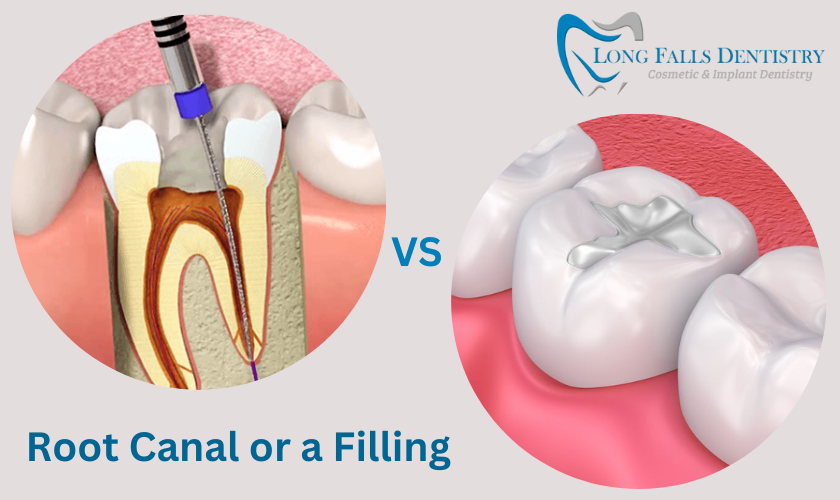Toothaches can be one of your most painful and disruptive experiences. If you’ve been having pain or discomfort in your teeth, it is important to see a dentist as soon as possible to determine if you require a root canal or tooth-filling treatment. While both treatments are effective ways to relieve toothache pain, they differ in how they address the problem. This article will discuss the differences between root canals and tooth fillings, so you can better understand which may be right for your situation.
1. What is Root Canal Treatment?
Root canal treatment is an endodontic (root) procedure used to repair and save a badly damaged or infected tooth. During a root canal, the dentist removes the pulp (the soft tissue inside the tooth), cleans and disinfects it, then seals it with artificial material. This procedure prevents further infection, treating pain and saving what’s left of your tooth from extraction.
Benefits of Root Canal Treatment
Root canals help prevent further infection, preserve the natural tooth structure and prevent it from being lost to extraction. Root canal treatment also significantly reduces pain and other symptoms associated with an infected tooth.
Indications for Root Canal Treatment
Root canals are indicated when a tooth has been severely damaged or infected due to decay or trauma. Root canals are also needed for teeth with deep cavities, cavities that have reached the nerve, or teeth that have been fractured.
2. What is Tooth Filling Treatment?
Tooth filling treatment is a dental procedure used to repair small cavities in the tooth that may be caused by decay or trauma. During a tooth filling, the dentist removes the decayed or damaged part of the tooth and fills it with a dental material such as amalgam, composite resin, porcelain, or gold.
Benefits of Tooth Filling Treatment
Tooth fillings repair small cavities in teeth and help to prevent them from getting worse. Fillings also help to reduce pain and other symptoms caused by tooth decay or trauma.
Indications for Tooth Filling Treatment
Tooth fillings are indicated when a tooth has a small cavity. A tooth filling is not recommended for large cavities, as they require root canal treatment or tooth extraction.
Final Words
Understanding the differences between root canals and tooth fillings is important for choosing the right treatment for your situation. While both treatments can help reduce pain and other symptoms, root canals are more effective when a tooth has been severely damaged or infected due to decay or trauma, while tooth fillings are better suited for small cavities. It is important to consult with a dentist near you to determine which treatment option is best for you.
FAQs:
Answer: A root canal is a treatment for a tooth badly damaged due to decay, infection, or trauma. It involves removing the inner nerve and pulp of the tooth and replacing it with a dental material known as gutta-percha. This process can help save the tooth from extraction by providing further protection against re-infection. In contrast, a dental filling is used to fill in areas of decay within the teeth, typically caused by cavities. Fillings support weakened enamel, restore the normal shape of your tooth, and protect it against further damage due to bacteria. Unlike root canals, they do not require tissue removal from within the tooth.
A: Root canals are generally not painful, as a local anesthetic is generally used to numb the area.
Answer: If you have an area of decay on your tooth that has reached all the way down to the nerve or pulp of your tooth, then you may need a root canal in order to stop the spread of infection and potential pain associated with this type of damage. On the other hand, if you have an area(s) of decay on your teeth, but it hasn’t reached down to the nerve yet, then you may need only a dental filling in order to prevent further damage and restore strength back to your enamel which could eventually cause more severe issues such as pain or even extraction if left untreated.
Answer: The amount of time required for each procedure will depend on how extensive it is needed – whether just one surface needs treatment or multiple surfaces are involved, as well as how much decay is present. Generally speaking, most standard fillings take between 30 minutes and an hour, while an average root canal may require two separate visits; one visit for initial preparation work (one hour) and another visit for finalizing work (another hour). However, these times may vary significantly depending on your specific case, so consulting with your dentist is best for accurate timings.


